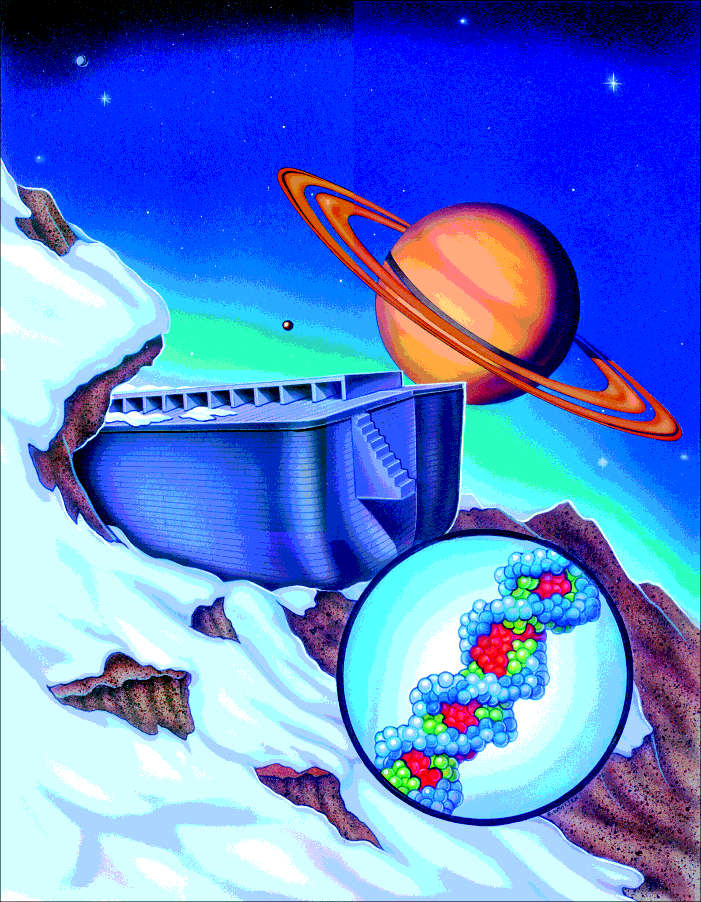Part I:
The Scientific Case for Creation
Part I is a brief summary, in outline form, of 131 categories of scientific evidence that support a sudden creation and oppose gradual evolution. As Figure 1 shows, categories 1–42 relate to the life sciences, 43–93 relate generally to the astronomical and physical sciences, and 94–131 relate to the Earth sciences.
Quotations, references, and notes on pages 51–107 provide supporting details for specific conclusions. Usually, these details are based on research done by evolutionists who are experts in a relevant field. Choosing evolutionists rather than creationists will minimize charges of bias. (Besides, no courtroom testimony is more convincing than that from a “hostile witness.”) Most people find the quotations, highlighted in blue type, fascinating.
For many years, students, teachers, and professors have been unaware of most of this information, especially the broader conclusions that can be reached. Those conclusions are stated in Figure 1 and in large, bold headings on the following pages. The larger the heading, the broader the conclusion. There is one overall conclusion for the life sciences, one for the astronomical and physical sciences, and one for the Earth sciences. Each has three supporting conclusions, for a total of nine. A typical supporting conclusion is based upon about a dozen categories of evidence. All 131 are summarized on pages 5–46. Figure 1 shows the relationships of these 3 + 9 broad conclusions and the 131 categories of evidence.
Scientific information cannot be suppressed for long, so it is not surprising to see a growing awareness and excitement concerning this information. Some evidence involves new discoveries. Other evidence, discovered long ago, has been poorly disseminated. If all this information were openly presented in science classrooms, better education would result. Regardless of your age or education, you can learn and help others learn this information about a subject that holds great interest for most people—the subject of origins.
